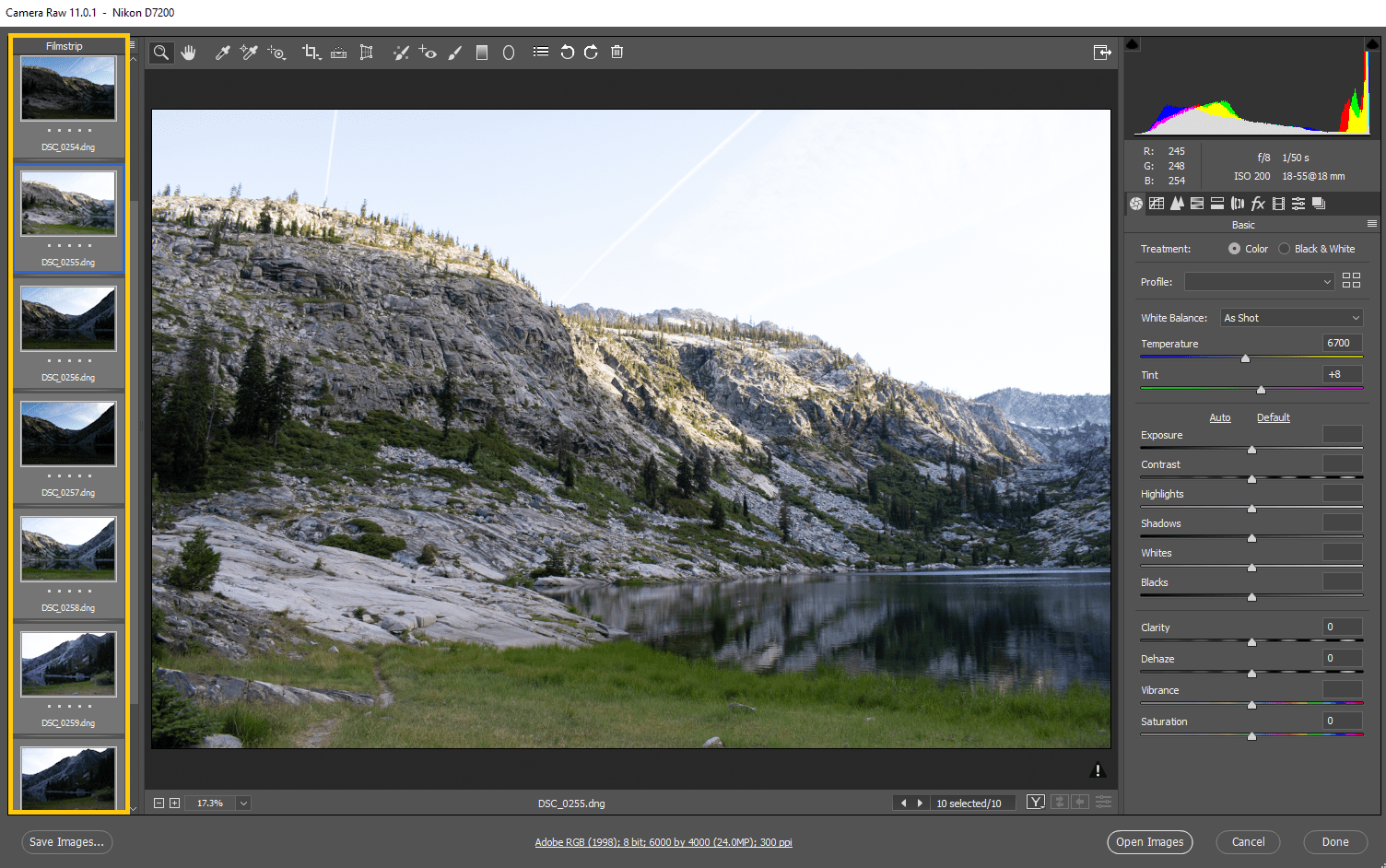

When the server is started, add -listen credentials="/path/to/users.csv" "readers=(anon)" writers=jane,andy,roger can achieve the goal of anonymous view, and user modify.
#Tiddlydesktop import plugins password#
Create a new file, users.csv, containing the username and password of all users, in the form: username,password This feature was added in version 5.1.18.

We hope that users who can log in with their username and password can modify it, but users who are not logged in can only view it. One problem with using the server and putting it on the public network is that anyone can modify your wiki. There is also a more detailed explanation in the official Github repository.

The server side of TiddlyWiki will be launched and accessible in the browser.įor a detailed explanation of the instructions, refer to the official website. The required runtime environment is node.
#Tiddlydesktop import plugins how to#
The following mainly describes how to deploy a directory through the server serve. In the actual use process, the single html experience is not good, because html does not have permission to overwrite the data when saving the data, can only be saved by downloading new files or using other applications, and will also be downloaded when accessing on the network. TiddlyWiki can be used in a variety of ways, as a single html, combined with TiddlyDesktop for saving, and using the pages service on the public network, or using a server program to manage a directory. Unlike other online services, even after a few decades - as long as Web technology is still there, you can continue to use the entire application. The program itself is open source, and it gives all the data management rights to the user, you only need a browser to access the data. Single html document includes all the logic and data, program directory mode requires node tiddlywikias a server. TiddlyWiki is a complete application with two main manifestations, one is a separate single html file, and the other is a directory containing many Tiddler files and meta information. TiddlyWiki aspires to provide an algebra for tiddlers, a concise way of expressing and exploring the relationships between items of information. Then we use aggregation and composition to weave the fragments together to present narrative stories. The philosophy of tiddlers is that we maximise the possibilities for re-use by slicing information up into the smallest semantically meaningful units with rich modelling of relationships between them. The value of recorded information is directly proportional to the ease with which it can be re-used. The purpose of recording and organising information is so that it can be used again. TiddlyWiki uses Tiddler to record meaningful and indivisible information, and to express deeper information through the connection between them, so as to record and retrieve knowledge at any level. The former is a temporary role, but the notes for this purpose need not be saved, while the latter is very important, and a relatively complete form is needed to organize the knowledge for later reference. One is to deepen the understanding of knowledge by means of the output process of taking notes, and the other is to facilitate reuse of this knowledge in the future. I think people have two purposes for taking notes. It has two features that I really like: Philosophy of Tiddlers TiddlyWiki is a note-taking app for managing complex information.


 0 kommentar(er)
0 kommentar(er)
